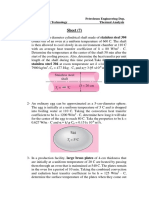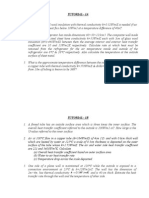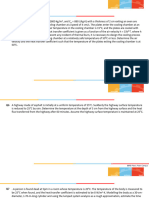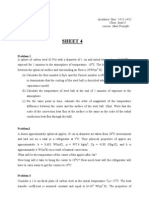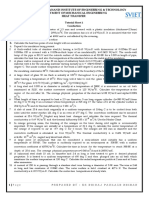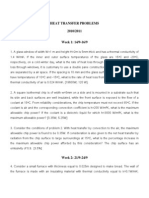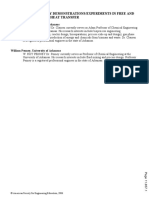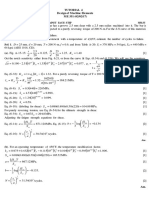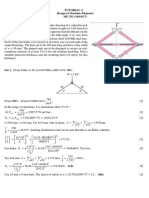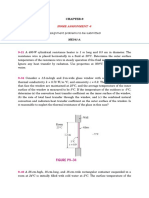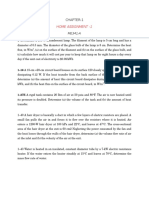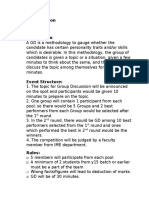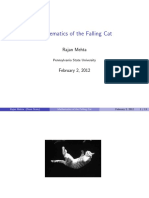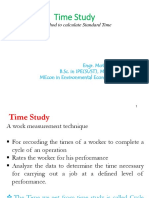0% found this document useful (0 votes)
505 views2 pagesHeat Transfer Problems in Engineering
This document contains 5 problems related to heat transfer and thermodynamics. The problems involve calculating temperatures, heat transfer rates, and time required for heating or cooling of objects under given conditions. Materials include stainless steel, electronics, apples, chickens, and granite blocks. Parameters specified include initial and ambient temperatures, material properties, geometries, heat transfer coefficients, and time periods. The goal is to determine center and surface temperatures, amount of heat transfer, and if freezing will occur over time.
Uploaded by
Rounak MajumdarCopyright
© © All Rights Reserved
We take content rights seriously. If you suspect this is your content, claim it here.
Available Formats
Download as DOCX, PDF, TXT or read online on Scribd
0% found this document useful (0 votes)
505 views2 pagesHeat Transfer Problems in Engineering
This document contains 5 problems related to heat transfer and thermodynamics. The problems involve calculating temperatures, heat transfer rates, and time required for heating or cooling of objects under given conditions. Materials include stainless steel, electronics, apples, chickens, and granite blocks. Parameters specified include initial and ambient temperatures, material properties, geometries, heat transfer coefficients, and time periods. The goal is to determine center and surface temperatures, amount of heat transfer, and if freezing will occur over time.
Uploaded by
Rounak MajumdarCopyright
© © All Rights Reserved
We take content rights seriously. If you suspect this is your content, claim it here.
Available Formats
Download as DOCX, PDF, TXT or read online on Scribd
/ 2




